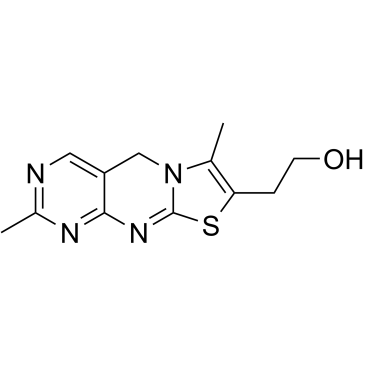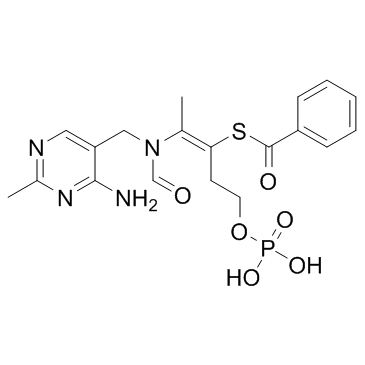| 结构式 | 名称/CAS号 | 全部文献 |
|---|---|---|
 |
硫色素
CAS:92-35-3 |
|
 |
苯磷硫胺
CAS:22457-89-2 |
| 结构式 | 名称/CAS号 | 全部文献 |
|---|---|---|
 |
硫色素
CAS:92-35-3 |
|
 |
苯磷硫胺
CAS:22457-89-2 |